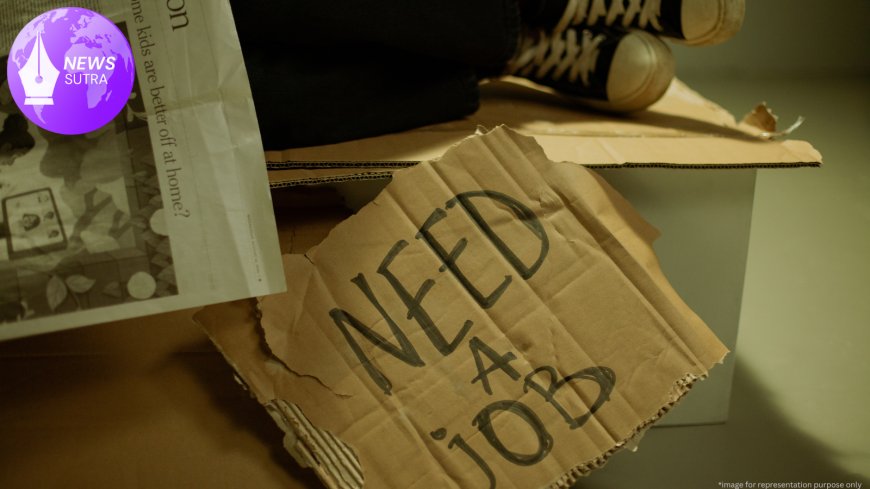U.S. Jobless Claims Unexpectedly Rise, Raising Concerns About Potential Economic Slowdown
U.S. jobless claims unexpectedly rose to 265,000 in August 2025, raising concerns about a potential economic slowdown and its impact on the labor market.

In a surprising development, the latest U.S. jobless claims report revealed an unexpected increase in weekly unemployment filings, sparking renewed debate among economists and policymakers about the risks of an economic slowdown. The data, released on Thursday, August 14, 2025, indicates a possible softening in the labor market, traditionally seen as a key barometer of overall economic health.
Details of the Jobless Claims Report
According to the U.S. Department of Labor, initial jobless claims climbed to 265,000 last week, up from a revised figure of 245,000 the previous week. This rise marks the highest weekly claims number in nearly four months and contrasts with analysts’ forecasts, which had anticipated a decline or stabilization around 240,000 claims.
Continuing claims — representing those receiving unemployment benefits for more than one week — also edged higher, reinforcing concerns about persistent labor market weaknesses.
Economic Implications and Expert Opinions
The uptick in jobless claims has ignited discussion about the potential onset of a broader economic slowdown. Labor market strength has been a central pillar supporting economic growth in recent years, and any signs of weakening can signal reduced consumer spending and investment.
Dr. Hannah Lee, chief economist at the Economic Policy Institute, noted, “While a single week’s data should be interpreted cautiously, this rise in claims suggests that some sectors may be feeling pressure from tightening monetary policy and global economic uncertainties.”
Federal Reserve officials are closely monitoring labor market indicators as they balance the need to control inflation with sustaining employment levels. The recent increase in unemployment claims adds complexity to their decision-making process ahead of the next Federal Open Market Committee (FOMC) meeting.
Industry and Regional Breakdown
Preliminary analysis indicates that layoffs have been concentrated in manufacturing, retail, and transportation sectors, with certain regions experiencing more pronounced job losses. Supply chain disruptions and shifts in consumer demand continue to affect these industries.
Experts warn that if this trend persists, it could dampen economic momentum and increase recession risks in the coming quarters.
Market Reactions
Financial markets responded cautiously to the report, with stock indices showing modest declines amid uncertainty over future economic conditions. Bond yields fell slightly, reflecting expectations that the Federal Reserve may consider a slower pace of interest rate hikes.
Broader Economic Context
The U.S. economy has faced a mixed environment in 2025, with inflation pressures easing but challenges such as geopolitical tensions, labor shortages, and fluctuating consumer confidence affecting growth prospects. Monitoring jobless claims offers valuable insight into the underlying strength of the economy.
Reliable sources such as Bureau of Labor Statistics and CNBC provide ongoing updates and analysis on labor market trends.
What Comes Next
Economists urge caution in interpreting the data, recommending a close watch on upcoming employment reports and broader economic indicators. Policymakers may adjust strategies to mitigate downside risks while fostering sustainable growth.











